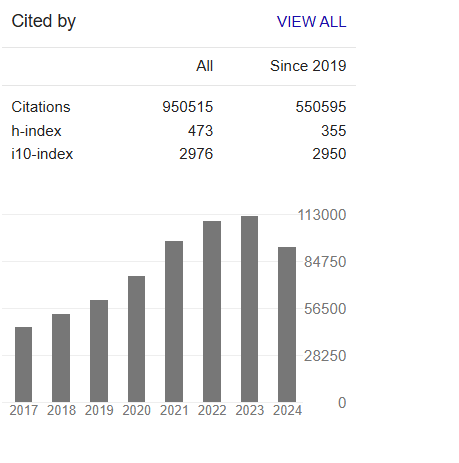Identification and Evaluation of Azo Dye Decolorizing Fungal Species from Industry Effluent for the Development of Consortia Bio Inoculants
Abstract
Birhanu Gizaw, Tesfaye Alemu Tenkegna, Endegena Aynalem and Abebe Tesfaye
Azo dyes are the largest class dye used in textile and other industries. Beside of its large benefits it is also toxic, carcinogenic, mutagenic and teratogenic, that constitutes a significant burden to the environment, human as well as animal health. Physicochemical treatment was employed to degrade and detoxify these azo dyes. However this method has limitation in releasing toxic degradant and not economical. It is timely important to search alternative biological ecofriendly treatment methods. The aim of this study was to screen, identify and evaluate potential fungal species having the ability to decolorize and degrade the Azo dyes for the development of consortia bio inoculants.150 industry effluent waste water was collected and fungal species were isolated & identified using Biolog Microstaton identification technology. The fungal azodye decolorization activities were qualitatively evaluated on Remazol yellow, Navey blue, Procion red MX-5B dyes using solid agar plate and broth assay. The result revealed that the percentage of frequency of fungi in waste water was 63.88 % were filamentous fungi and 38.22% non-filamentous fungi. Aspergillus species were dominant (32%). Thirteen fungal species was identified using Biolog MicroStaion reading machine. These are Trichosporon begilli, Rodotrula auranticaA, Candida palmioleophila, Cryptococus terrus, Yarrowia lipolytica, Cryptococus albidus, Aspergillus ochraceus, Aspergillus restrictus, Aspergillus carneus, Penicillium brevicompactum, Penicillium roqueforti, Penicillium digitatum, Fusarium javanicum. Among the fungal isolates tested, only 6 fungi species showed 72-92% decolorization potential measured by Biolog turbidimeter, these are T. begilli, R. aurantica A, P. roqueforti, P. digitatum, A. ochraceus F. javanicum four species, C. palmioleophila, C. terrus, Y. lipolytica, C. albidus, 34-71% decolorizing ability of Navy blue. 3 species, P. brevicompactum, A. carneus, A. restrictus showed 16-29% decolorizing ability. Trichosporon begilli was superior in clear zone formation on solid agar plate test (5.4mm). Through supporting this preliminary study by HPLC, &spectrophotometer analysis for enzymes and secondary metabolite study, it is possible to formulate and develop fungal bioinnoculant consortia for mycoremediation service.



